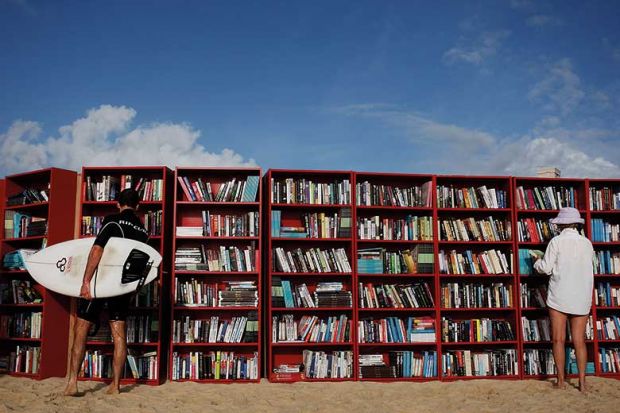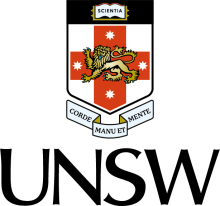An “artificial distinction” between trade and academic books is hampering university publishers’ mission of putting authors before the widest audience possible, according to the head of the University of New South Wales’ in-house press.
Kathy Bail, a former magazine editor who has run UNSW Press for a decade, said her primary aim was to sell “distinguished works” of lasting scholarly, cultural and creative merit.
“We want to do the best by authors, and our authors want to find readers,” she said. “We’re going to try and get their books into as many channels as possible.”
Turmoil at Melbourne University Publishing has thrown the spotlight on Australia’s university presses, their roles and futures. In late January the University of Melbourne announced that it would refocus its subsidiary as a “high-quality scholarly press”, prompting its chief executive and several directors to walk out.
The episode highlighted the different approaches pursued by university presses. MUP has become a household name by publishing award-winning memoirs and manuscripts by politicians and journalists, but academic works represent only about one-tenth of its titles.
The Australian National University’s less flamboyant ANU Press – which publishes academic works online and only charges for print copies – attracts millions of downloads a year and plants them in the electronic catalogues of thousands of overseas university libraries through the JSTOR digital service. But online press sceptics say that the relatively low production costs allow books of dubious merit to slip through, and question whether download figures reflect real readers.
Ms Bail said book publishing was “multi-dimensional”, and there was no need for university presses to put all their eggs in one basket. “There are print books, e-books, subscription models, audio books,” she said. “Many academics want a presence across those channels.”
She said UNSW Press’ approach shared characteristics with large overseas university publishers. It runs its own bookshop – the only Australian university publisher to do so – and, like presses at the universities of Chicago and North Carolina, it handles distribution for other institutional and not-for-profit publishers.
Its distribution division, NewSouth Books, represents 52 imprints in Australasia and 36 publishers in the UK, Europe and North America including the presses of four other Australian universities, plus the universities of Bristol and Minnesota.
“Australia is a small market,” Ms Bail said. “Collaboration is the way forward. There’s no point in each university investing in the same sort of infrastructure.”
She said UNSW Press’ trade imprint, NewSouth, published works by plenty of academics – from UNSW and elsewhere – as well as authors outside academia. Its annual Best Australian Science Writing anthology exemplified the approach of bridging academic and general interest literature.
“That collection has always been a mix of academic and other writers – journalists and novelists,” she said. “It’s a way for us to translate the research of the academy and take it to a much broader readership.”
The 13 February launch of UNSW Press’ refurbished bookshop featured an address from UNSW alumnus Markus Zusak, who said he said been drawn back to the bookstore just before writing his international bestseller The Book Thief.
“It felt like a kind of home,” he said. “It’s where I started to truly be a writer and also recognised that I was a reader.”
Register to continue
Why register?
- Registration is free and only takes a moment
- Once registered, you can read 3 articles a month
- Sign up for our newsletter
Subscribe
Or subscribe for unlimited access to:
- Unlimited access to news, views, insights & reviews
- Digital editions
- Digital access to THE’s university and college rankings analysis
Already registered or a current subscriber? Login










